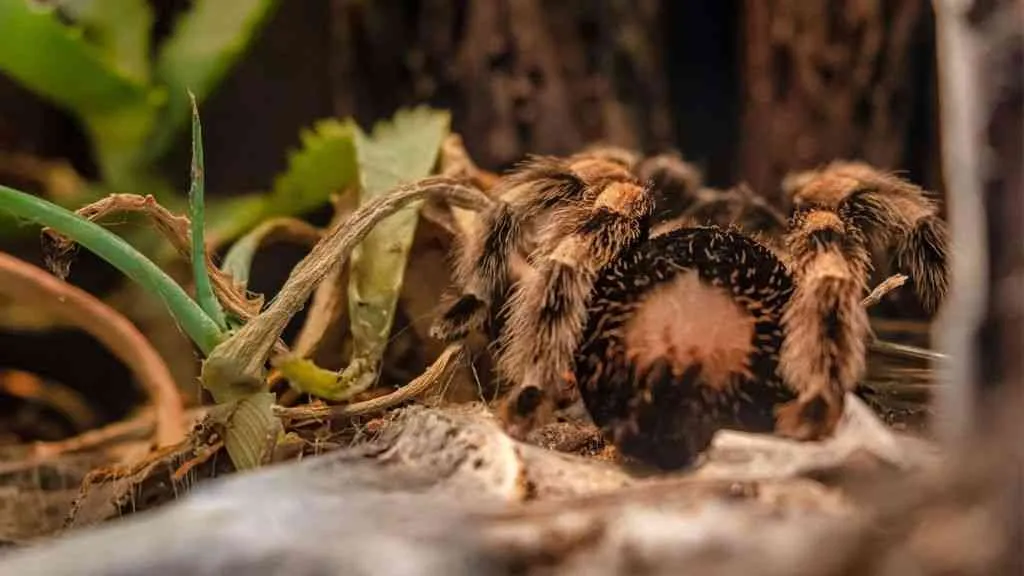Understanding the Tarantula Molting Process
Molting is a crucial biological process for tarantulas, similar to how snakes shed their skin. It’s how these fascinating creatures grow and regenerate lost limbs or other body parts. During a molt, a tarantula sheds its exoskeleton, revealing a new, larger one underneath. This process is essential for their survival and overall health. Understanding the basics of molting is the first step in providing proper care for your pet tarantula, ensuring its well-being and a successful molt. This guide will walk you through the necessary steps to support your tarantula through this transformative period, minimizing stress and maximizing the chances of a healthy outcome. It is important to remember this process will vary depending on the species of the tarantula, its age, and its environment.
What is Molting
Molting is the shedding of the exoskeleton. This hard outer shell doesn’t grow, so the tarantula must shed it to increase in size. Before molting, a new, larger exoskeleton forms beneath the old one. The tarantula will then split the old exoskeleton and emerge. This process leaves behind the old exoskeleton, also known as the exuvia, which is a perfect cast of the tarantula. The new exoskeleton is initially soft and vulnerable, gradually hardening over time. During this period, the tarantula is particularly susceptible to injury and requires extra care. The frequency of molting decreases as the tarantula ages, with juveniles molting more often than adults. A healthy environment contributes to successful molts.
Signs Your Tarantula is About to Molt
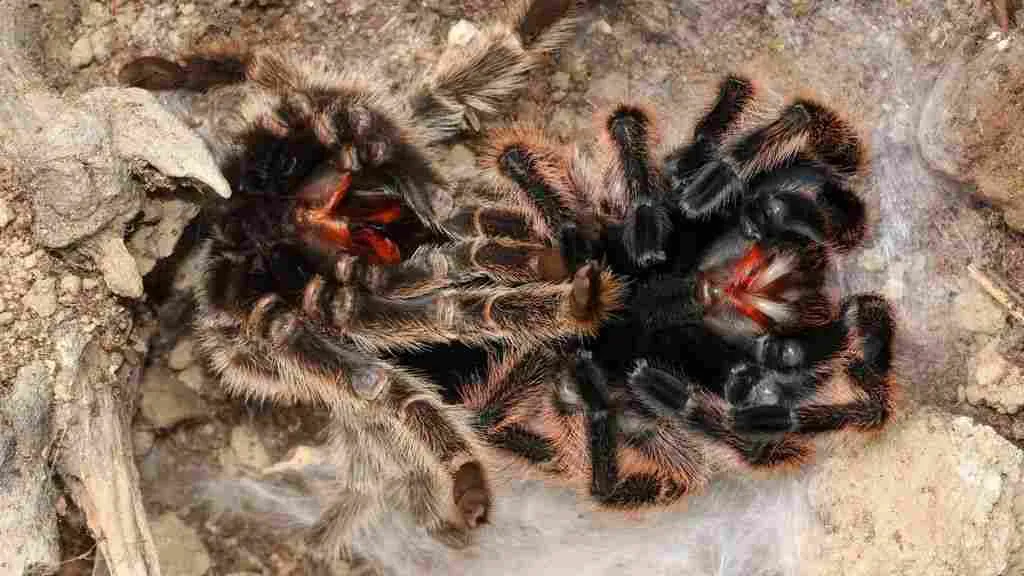
Several signs indicate that your tarantula is preparing to molt. One of the most noticeable is a change in behavior. The tarantula may become less active, spending more time in its burrow or hiding spot. Its appetite will likely decrease or stop altogether. You might also notice that the tarantula’s abdomen appears darker and swollen. The old exoskeleton will start to separate from the new one, creating a visible gap, particularly around the edges of the carapace. It’s also possible to see a color change in the tarantula, with its body becoming duller or losing some of its vibrancy. Recognizing these signs allows you to prepare and create the best possible environment for your tarantula during this critical time.
Preparing for the Molt
Preparing for the molt involves creating an optimal environment to minimize stress and ensure the tarantula can molt safely. This involves several key considerations, focusing on the tarantula’s immediate surroundings and its overall well-being. The goal is to provide a safe and stable space where the tarantula feels secure and is less likely to be disturbed. Proper preparation significantly increases the chances of a successful molt and a healthy outcome for your pet. Remember to observe your tarantula regularly, as individual needs may vary.
Ensure a Safe Environment
Before your tarantula molts, make sure the enclosure is as safe as possible. Remove any potential hazards that could injure the tarantula during the process. This includes heavy decorations, sharp objects, and anything that could fall on the tarantula. Ensure the substrate is deep enough to allow the tarantula to flip over if it molts on its back. A cluttered enclosure could lead to a failed molt, so decluttering is essential. A secure lid is also vital to prevent escapes, especially since the tarantula will be more vulnerable during this time. Inspect the enclosure to ensure all components are stable and secure, and make any necessary adjustments well in advance.
Maintaining Proper Humidity
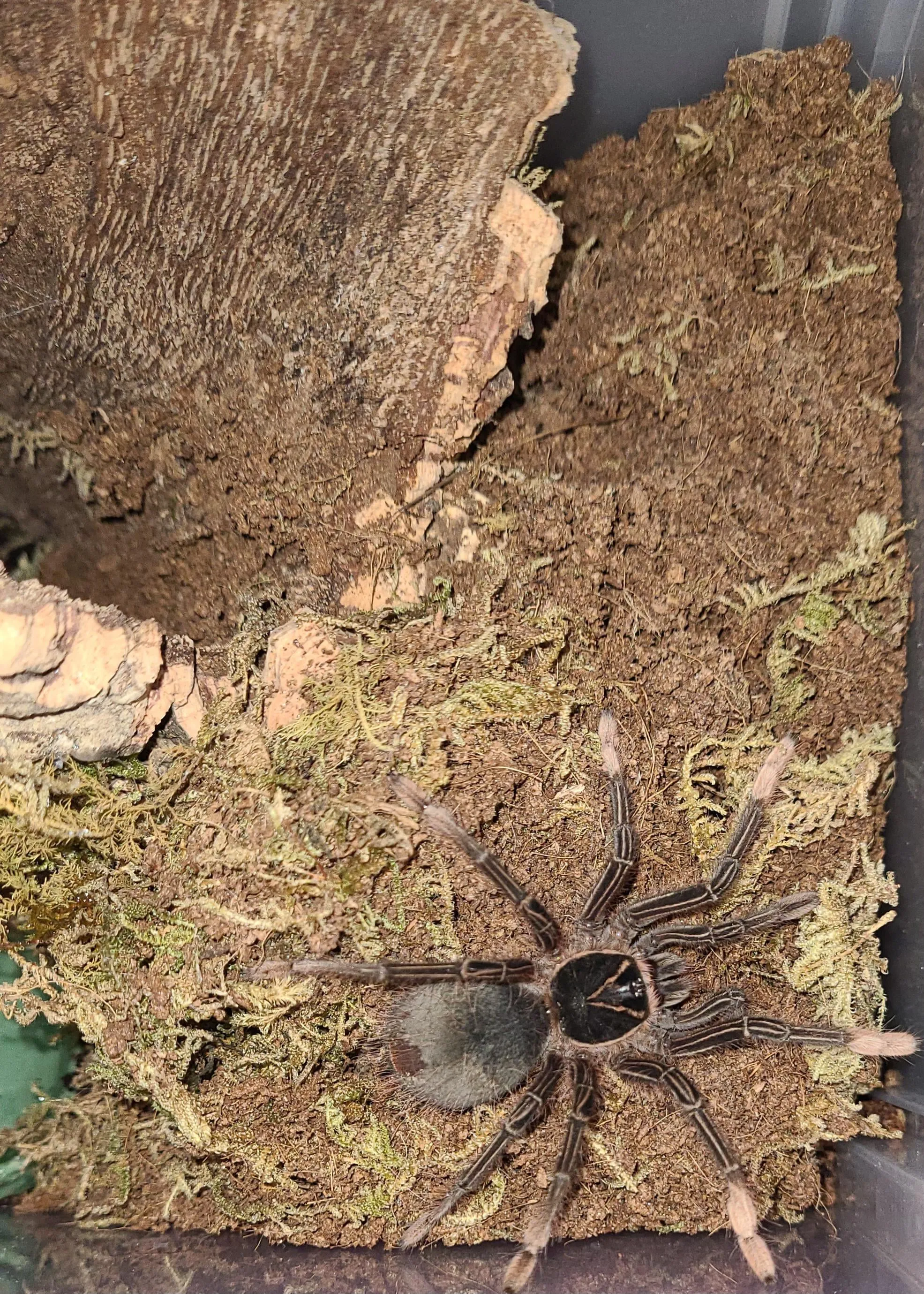
Humidity plays a critical role in the molting process. Insufficient humidity can make it difficult for the tarantula to shed its old exoskeleton. Depending on the species, maintaining the right humidity level is important. This usually involves misting the enclosure with water, providing a water dish, or using a substrate that retains moisture. It is important to research the specific humidity requirements for your tarantula species. Too much humidity can lead to mold growth, so monitor and adjust the humidity levels as necessary. Use a hygrometer to accurately measure the humidity and make changes to the enclosure as needed. A healthy humidity level helps ensure the old exoskeleton is shed properly.
Avoid Disturbing Your Tarantula
Once you suspect your tarantula is about to molt, avoid disturbing it. This means refraining from handling it, cleaning the enclosure, or making any sudden movements near the enclosure. Minimize vibrations and loud noises, as these can stress the tarantula and disrupt the molting process. Provide the tarantula with a sense of security by leaving it alone. If possible, place the enclosure in a quiet area of your home. A calm, undisturbed environment is crucial for a successful molt. Patience is key, as the entire process can take several hours or even days. Allow your tarantula the space and time it needs to complete the molt without interruption.
Top 5 Tarantula Molt Care Tips
Here are some essential tips to ensure a successful molt for your tarantula. Following these guidelines will help you provide the best care and support for your pet during this critical time. Keep in mind, each tarantula is different and some may have specific needs based on their age, species, and environmental conditions. By following these tips, you’ll significantly increase the chances of a healthy molt and a thriving tarantula.
Tip 1 Providing a Quiet Environment
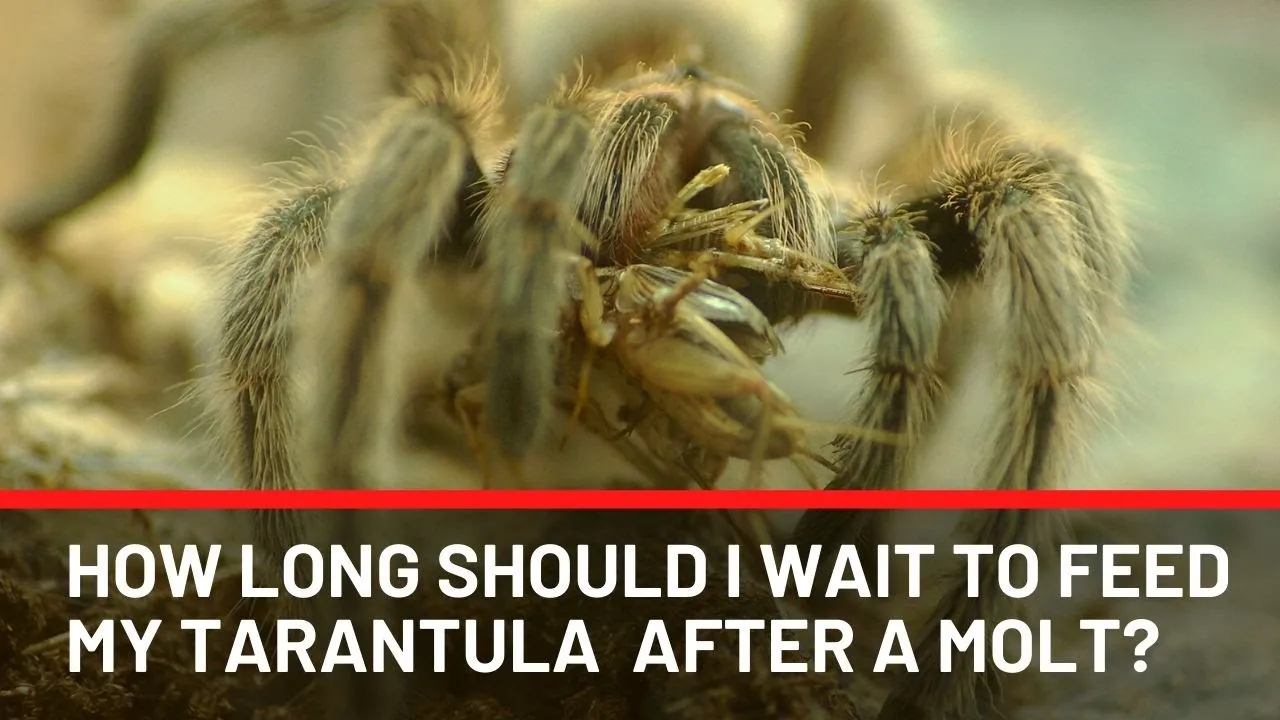
Ensure the enclosure is located in a quiet area, away from foot traffic, loud noises, and sudden movements. Reduce vibrations as much as possible. This helps the tarantula feel safe and reduces stress, minimizing the chances of a failed molt. Cover the enclosure or dim the lights if necessary. This can provide extra security and allow the tarantula to focus on molting without disturbance. A calm environment is crucial for a successful molt, so minimize any potential stressors.
Tip 2 Maintaining Adequate Humidity
Proper humidity is essential. Research your tarantula species’ specific needs and adjust accordingly. Use a hygrometer to monitor humidity levels accurately. Mist the enclosure regularly to maintain the correct humidity. Avoid both overly dry and overly humid conditions, as both can cause problems. Ensure good ventilation to prevent mold. The right humidity helps the tarantula shed its old exoskeleton smoothly and correctly.
Tip 3 Avoid Feeding Until Hardened
Do not feed your tarantula until its new exoskeleton has fully hardened. The tarantula will be very vulnerable immediately after molting. Feeding it too soon could result in injury. Wait at least a week or two after the molt, or until the fangs have turned a dark color, indicating they have hardened. Offer food after the tarantula’s fangs and exoskeleton have hardened. Offer the usual food and watch it eat. Until then, provide fresh water.
Tip 4 Do Not Disturb Your Tarantula

Avoid handling, cleaning, or making any sudden movements near the enclosure when your tarantula is molting or has just molted. Minimize any potential disturbances that could stress your tarantula. This will give your tarantula the time and space needed to complete the molting process without interruption. It is important to let your tarantula be after molting until fully hardened. A relaxed environment is essential for a successful molt and post-molt recovery.
Tip 5 Clean Up the Exuvia
Once the tarantula’s exoskeleton has fully hardened, carefully remove the exuvia from the enclosure. This will help keep the environment clean and prevent mold growth. Use tongs or other tools to handle the exuvia, as it may contain remnants of the old exoskeleton, and be sure to remove it completely. Dispose of the exuvia properly. Cleaning the exuvia will help with the hygiene and health of the environment. You can also examine the exuvia for any signs of health issues, such as mites or other parasites, which can give you insights into your tarantula’s overall health.
Post-Molt Care and Recovery
After the molt, your tarantula will need some time to recover. The new exoskeleton is soft, and the tarantula is vulnerable. The process for care does not stop when the molt is done. It is important to monitor your tarantula’s health and provide the right conditions during this recovery period. The success of this period determines the long-term well-being of your pet. During the post-molt period, careful observation and appropriate care are essential to ensure a smooth transition to its new exoskeleton.
Feeding Your Tarantula After Molting
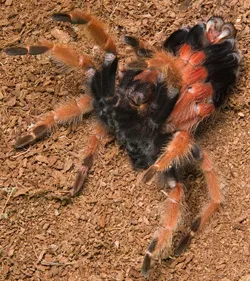
Wait until your tarantula’s fangs and exoskeleton have fully hardened before feeding it. This can take several days or even weeks, depending on the tarantula’s age and species. Offer appropriately sized prey items, such as crickets or mealworms. Start with smaller prey items and gradually increase the size. Be sure the tarantula is eating well. Provide fresh water, and remove any uneaten food after 24 hours. Monitor its appetite and adjust the feeding schedule as needed. Offer food and monitor its eating habits to make sure everything is progressing well, ensuring proper nourishment after the energy-intensive molting process.
Monitoring Your Tarantula’s Health
Regularly monitor your tarantula for signs of illness or injury. Look for any unusual behavior, such as loss of appetite, lethargy, or difficulty moving. Check for any physical abnormalities, such as deformities or missing limbs. Observe the tarantula’s overall condition, including its color, activity level, and feeding habits. Address any concerns promptly, and consult with a veterinarian or experienced tarantula keeper if needed. Monitoring your tarantula’s health ensures it is thriving. Early detection of any issues can prevent them from escalating into more serious problems, helping maintain your tarantula’s well-being.
Troubleshooting Common Post-Molt Issues
Sometimes, problems can arise after a tarantula molts. Understanding these issues and how to address them is crucial for responsible pet ownership. While most molts are successful, there are certain issues that can occur and require attention. Addressing these issues promptly can prevent further complications and improve the tarantula’s chances of a full recovery. If you observe any unusual behavior, consult an experienced tarantula keeper or a veterinarian specializing in exotic animals.
By following these guidelines, you can provide the best possible care for your tarantula before, during, and after a molt. Understanding the molting process and the needs of your tarantula is vital for its health and longevity. Patience, observation, and a supportive environment are key to ensuring a successful molt and a happy, healthy tarantula. Remember to do your research on your specific tarantula species. Enjoy the journey of raising these amazing creatures!
